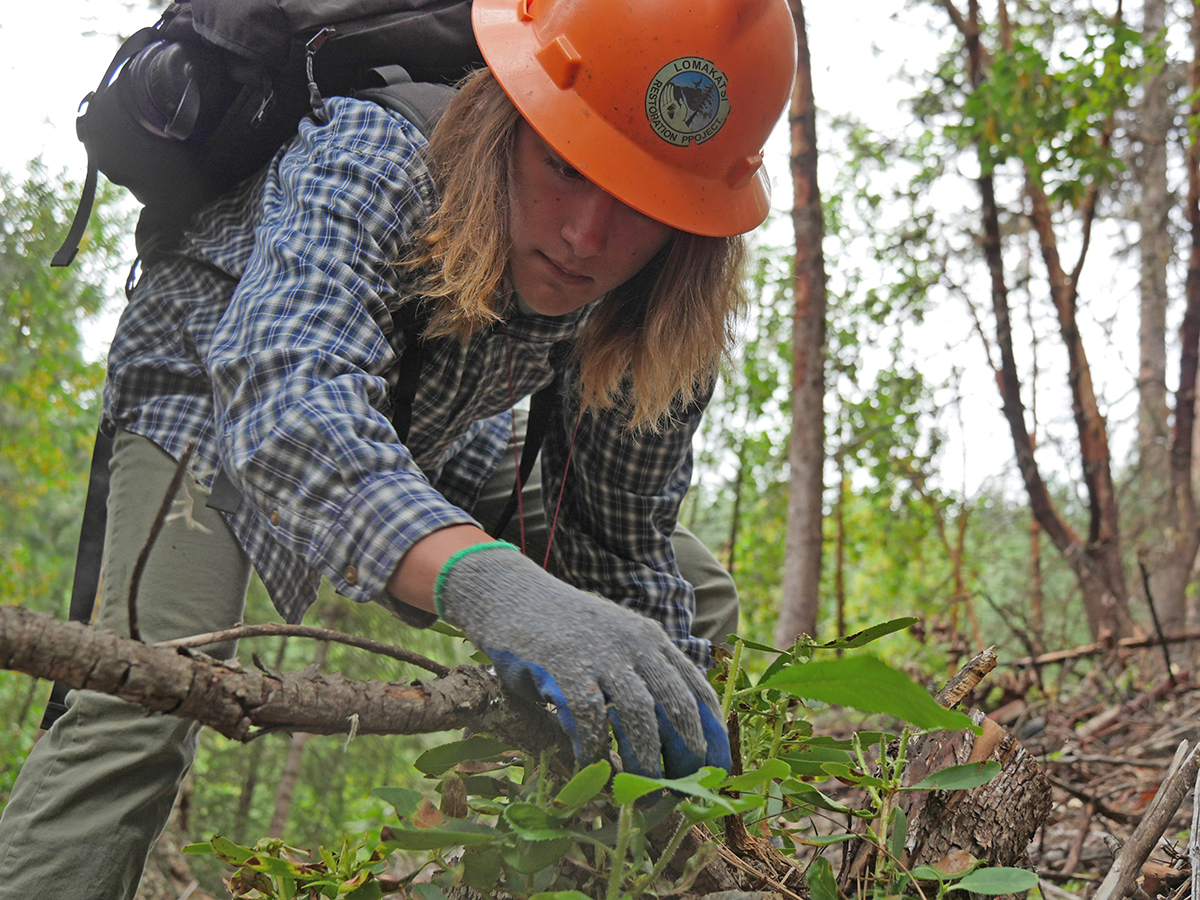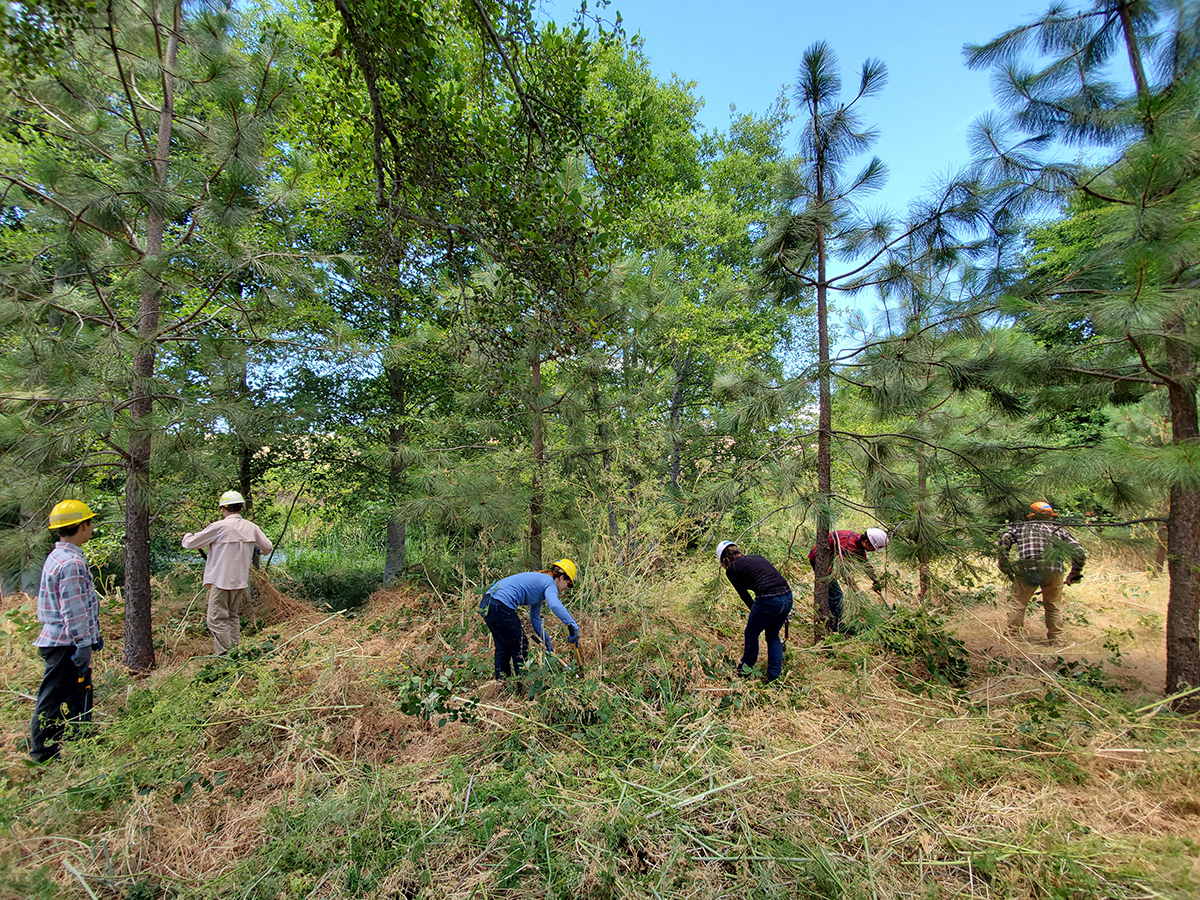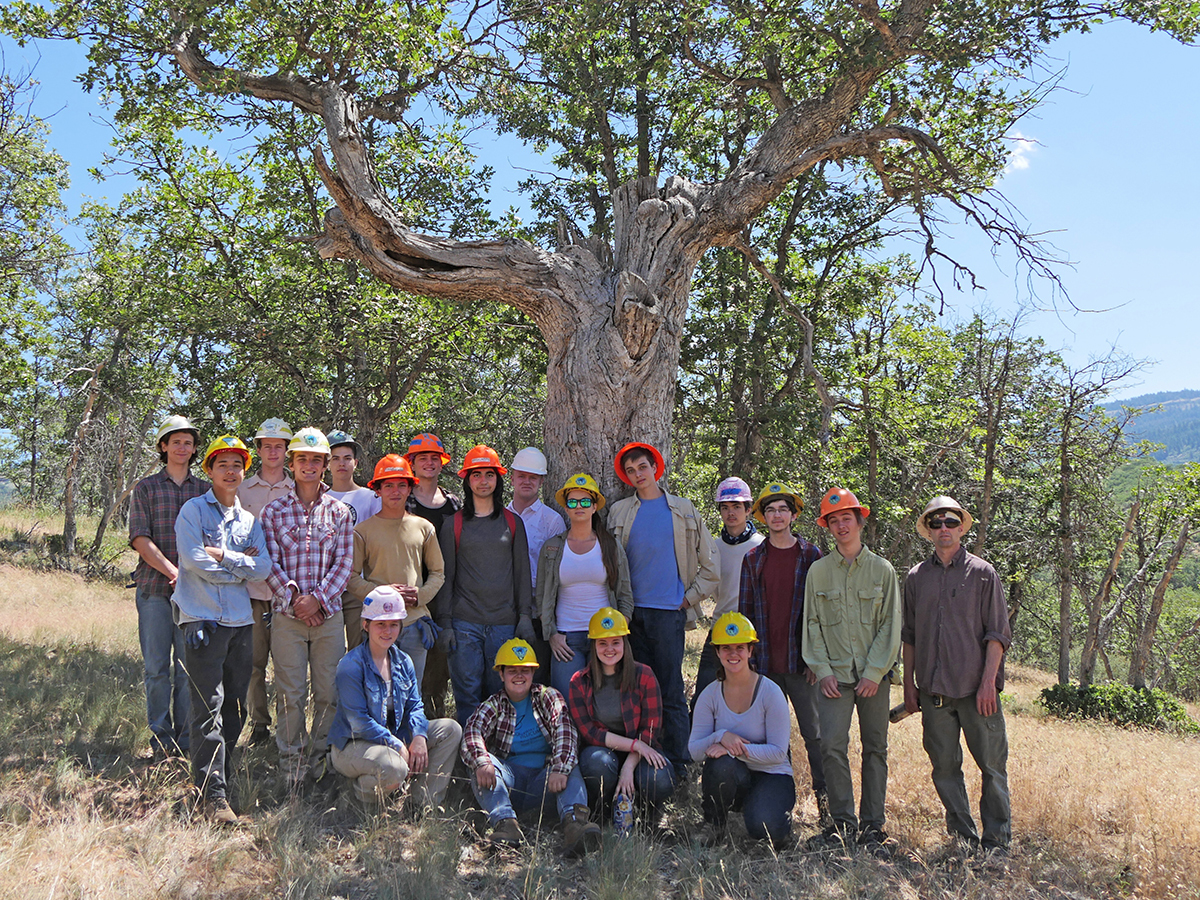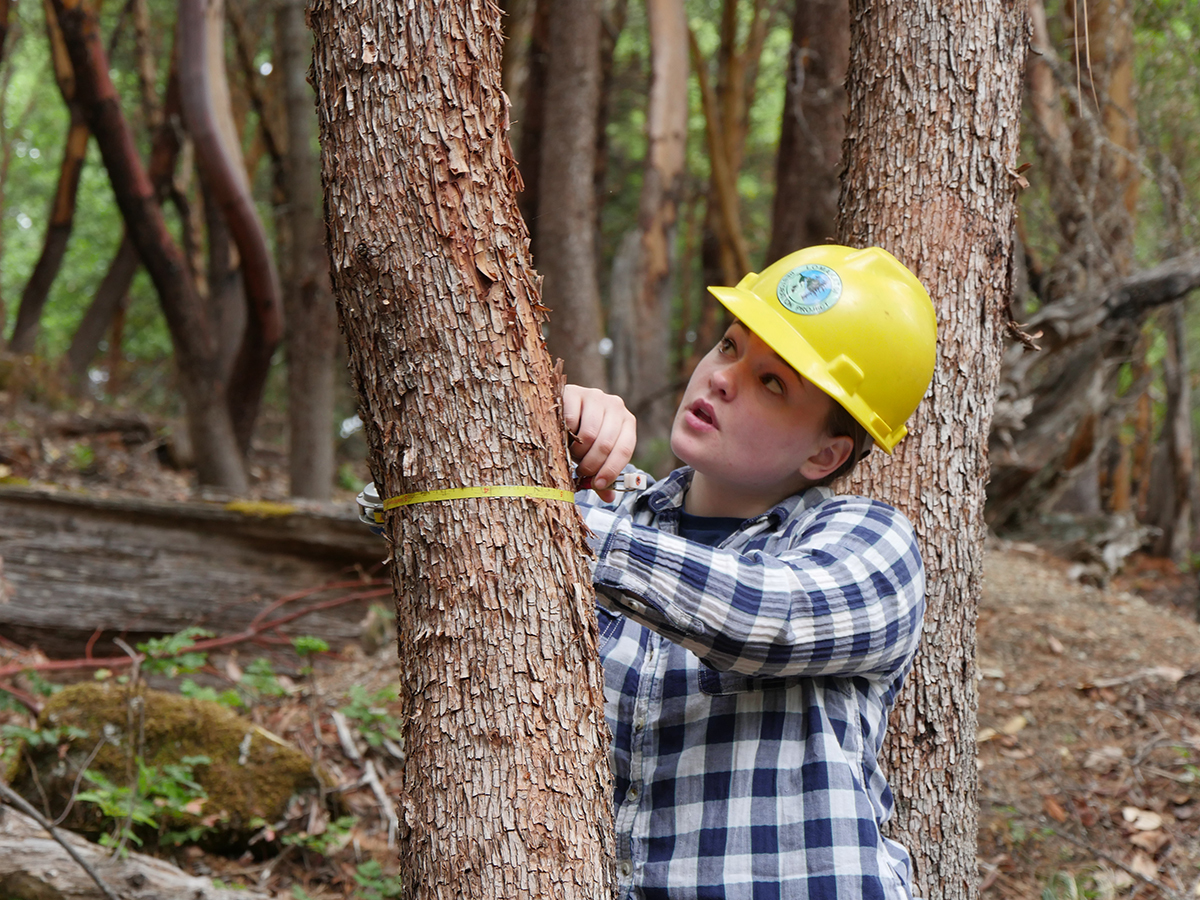In June 2019, 20 high school students from Southern Oregon’s Rogue Valley met as strangers under towering ponderosa pines in the forested mountains above the town of Ashland. Selected through a competitive interview process, these juniors and graduating seniors would spend the next five weeks learning the basics of ecological restoration and forestry as part of Lomakatsi Restoration Project’s Ashland Watershed Youth Training & Employment Program (AWYTEP). By the end of the program, many of the teens involved said the experience was nothing short of life-changing.
"I never paid attention to it—it didn't really seem like a real thing, until I did this," said one participant about how the program opened his eyes to the natural world. "Coming here, doing physical work and being involved with the environment has taught me a huge lesson about teamwork and cooperation," said another. “I've grown up here my entire life, and the way I viewed the woods is completely different compared to how I view them now,” said a third.


The success of Lomakatsi’s summer youth program, which has run for seven years, is in the partnerships that make it possible. From funders, including the National Forests Foundation, which provides foundational support through their Matching Awards Program, to the U.S. Forest Service (USFS) and the City of Ashland, which provide funding and natural resource professionals who share their expertise and career advice through daily presentations, Lomakatsi’s summer youth program is truly a group effort.
Most of the hands-on, ecological restoration service learning takes place in the footprint of the Ashland Forest Resiliency Stewardship Project (AFR), a partnership between Lomakatsi, City of Ashland, The Nature Conservancy, and USFS. For more than a decade, AFR has been engaging the community, enhancing wildlife habitat, reducing hazardous fuels, and protecting the municipal water supply through ecological restoration.


As youth contribute to this long-term, landscape-scale restoration project—piling slash from ecological thinning, preparing old legacy trees for prescribed fire, and pulling invasive weeds—their relationship with forests changes. They learn how everything is connected, and how the way we care for our forests—or neglect them—has a profound impact.
The last day of the program, the youth shared freely about their experiences. Some plan to pursue advanced degrees and careers in natural resources. Others will choose different paths. All left the program with a newfound appreciation for nature, and the important role that humans must play as stewards—inspiring them to play an active role in the future of the planet.

